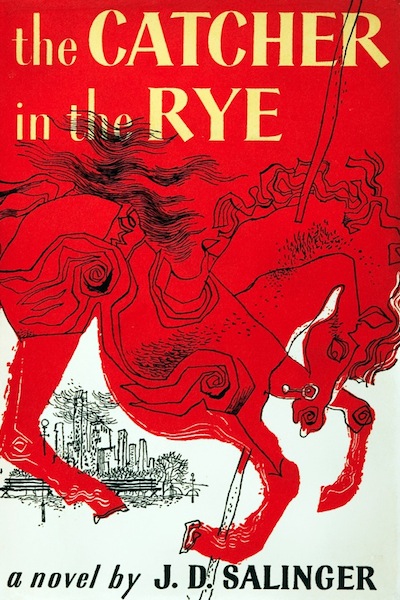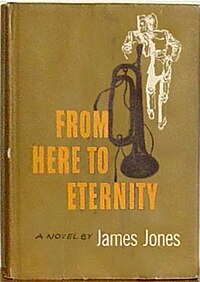One of the literary world’s great mystery men, J.D. Salinger famously disappeared from public view in 1965, when his last work was published and 14 years after the release of The Catcher in the Rye, arguably the most influential novel of the post-World War II era. Immensely private almost to the point of mania, Salinger’s opaque personal history and life in seclusion have fascinated generations of fans, literary peers, critics and the media. Shane Salerno’s 2013 documentary Salinger, which can be viewed via streaming with a Netflix membership, attempts to “find” the reclusive author by investigating and fleshing out his pre-fame life and examining the motives behind his self-imposed exile after achieving literary immortality. For the most part, it succeeds extremely well at this daunting task.
Not a great documentary but a pretty damn good one, Salinger features interviews with lifelong friends and acquaintances dating back to his pre-WW II days in New York City when he was just an aspiring writer striving for success and any sort of recognition. Significantly, it explores his engagement to the fetching debutante Oona O’Neill, Eugene O’Neill’s daughter, who eventually dumped Salinger for the much older Charlie Chaplin. Shortly thereafter Salinger was sent to Europe as a combat soldier in the Army. Salinger saw action on D-Day, in the Battle of the Bulge, the Battle of Hurtgen Forest and was at the liberation of one of the Dachau concentration camps. The documentary posits convincingly that it was these twin traumatic experiences, particularly his harrowing war service, which informed all his future work and lead to his compulsive focus on unspoiled youth, eventually driving Salinger to seek to create and control his own private universe.
It also chronicles how he was constantly submitting to and being rejected by his dream venue, The New Yorker, before during and after the War, even as he achieved modest success in the so-called “slick” magazines. He finally found a sympathetic figure at the The New Yorker in fiction editor William Maxwell, who agreed to publish “A Perfect Day for Bananafish”, which became a major success. It also introduced the world to the brilliant and strange Glass family through its troubled eldest son Seymour Glass, a shell-shocked war veteran. The history of the Glass family would later become Salinger’s lifelong obsession. But before that detour, several more short stories were published by the New Yorker, including “Uncle Wiggly in Connecticut”, which Salinger eagerly optioned to Hollywood for a film version. The result, a Dana Andrews-Susan Hayward romantic vehicle retitled My Foolish Heart, was so unfaithful to his original story that Salinger never again allowed a film version of his work despite his obsessive love of cinema and constant entreaties from producers, directors and actors.
But if Salinger was smarting over Hollywood’s betrayal he put that anger to good use, channeling his rage at the “phonies” into the archetypal youth novel, The Catcher In the Rye. Continue reading






